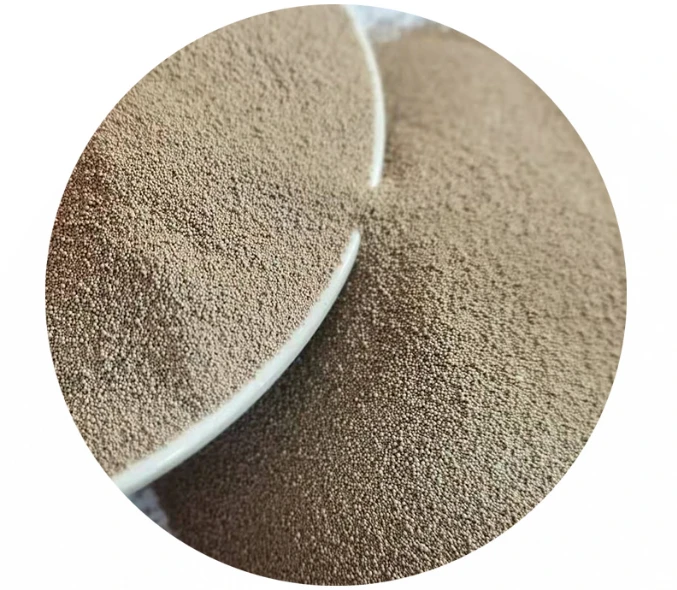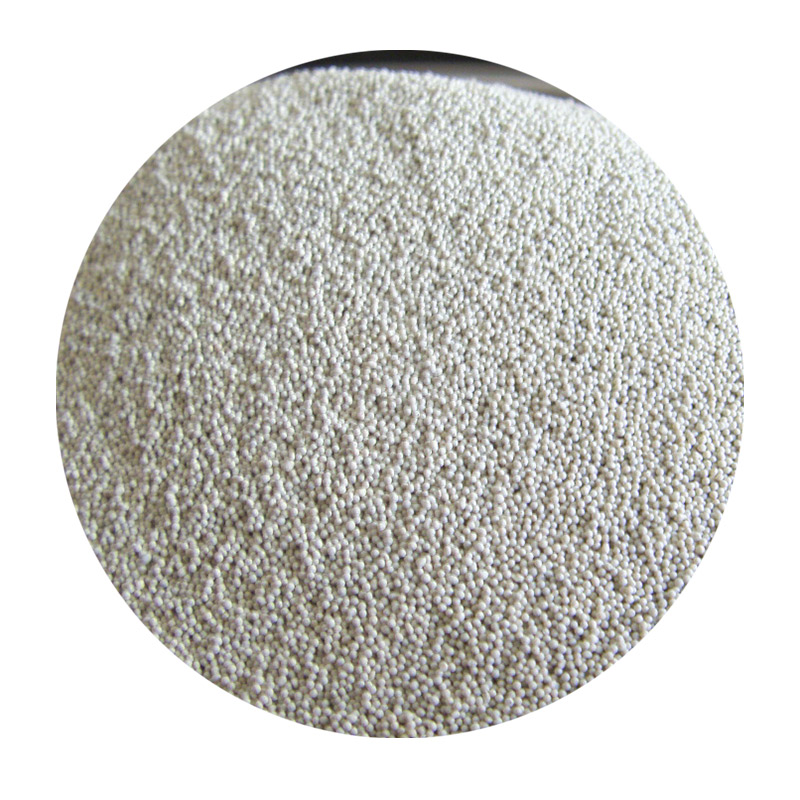

Real-world experience highlights the utility of resin coated sand in applications requiring high durability and resistance to thermal shock. An example can be found in the manufacture of turbine blades. These components operate under extreme conditions of temperature and pressure. The precision achieved through the resin coated sand process not only ensures the blade's durability but also enhances aerodynamic performance, which is critical for efficiency in energy production. One particular case involved a leading aerospace manufacturer that switched to a resin coated sand process to fabricate complex engine components. Prior to this, the company faced challenges with dimensional inaccuracies using traditional sand casting methods, resulting in costly post-cast machining. By adopting the resin coated sand approach, they significantly reduced their machining costs, improved production timelines, and achieved superior quality consistency. The adaptability of the resin coated sand process further solidifies its status as a valuable manufacturing technique. By continually refining resin compositions and coating technologies, manufacturers can meet the increasingly demanding specifications of modern engineering applications. This adaptability ensures continued relevance in an industry that thrives on innovation and precision. In summary, the resin coated sand process is a cornerstone of modern casting technologies, defining the standards for quality, precision, and efficiency. Mastery in this technique offers not only a competitive edge for foundries but also reassures clients of the reliability and excellence in the components they source. As industries push toward advanced manufacturing solutions, the resin coated sand process stands poised to meet the challenge with authority and trustworthiness. Post time:កុម្ភៈ . 12, 2025 02:57
Next:what to use to sand resin
